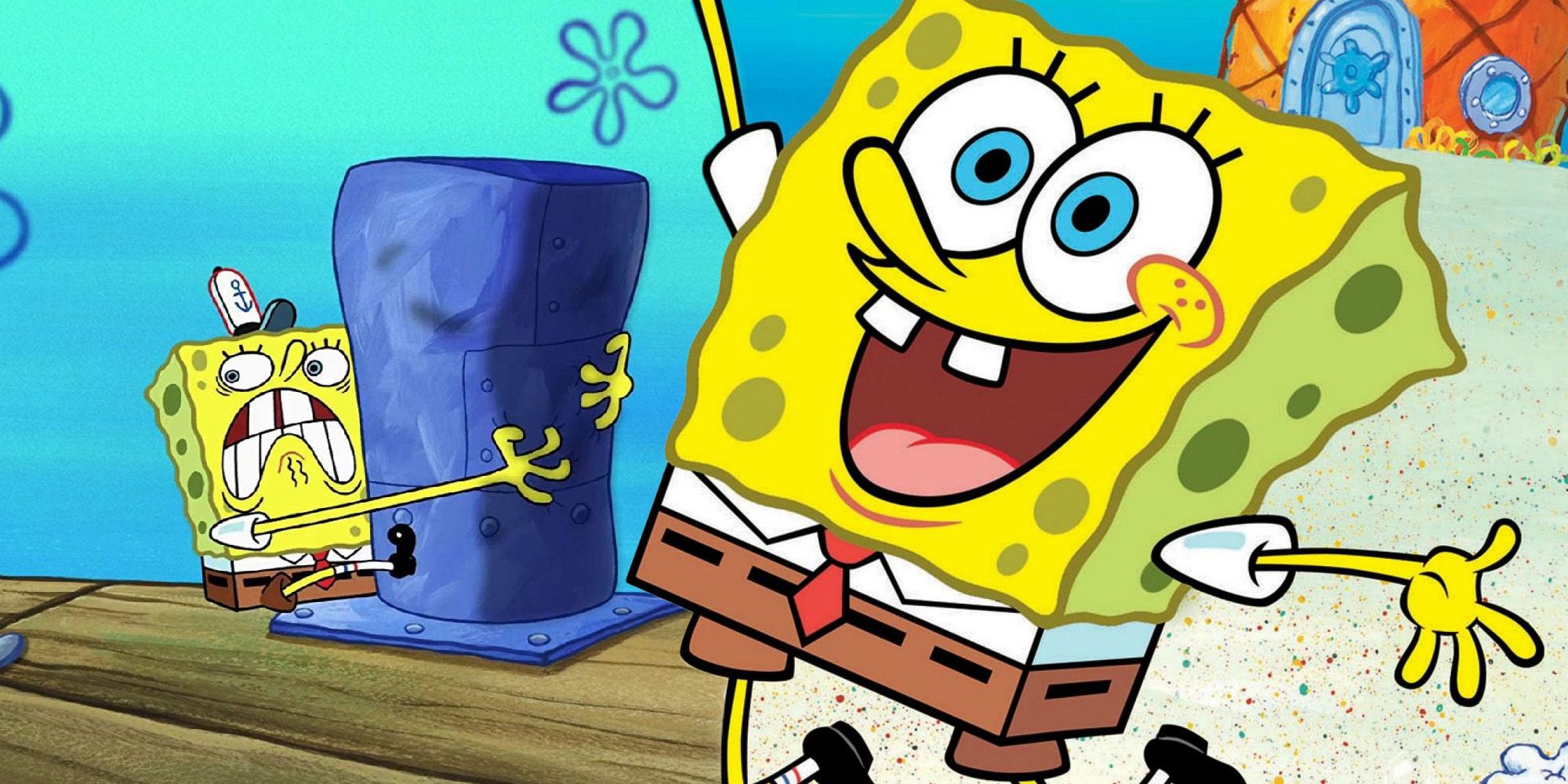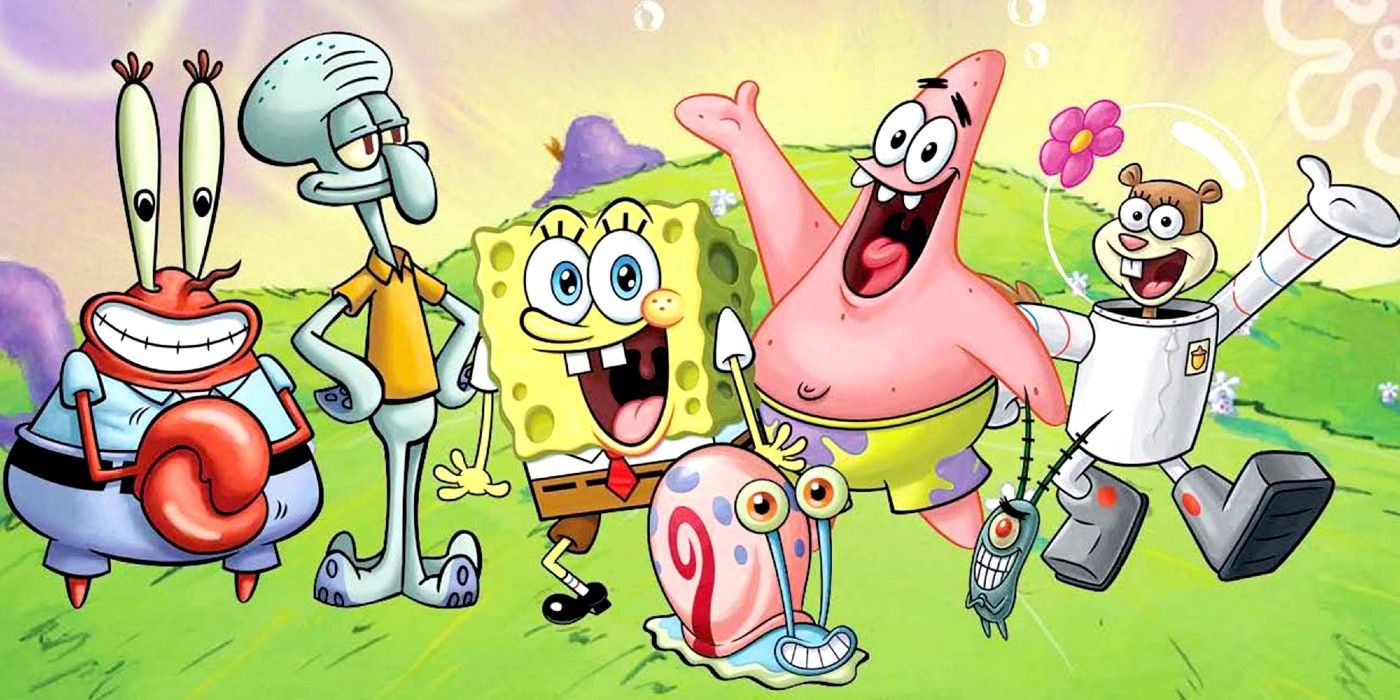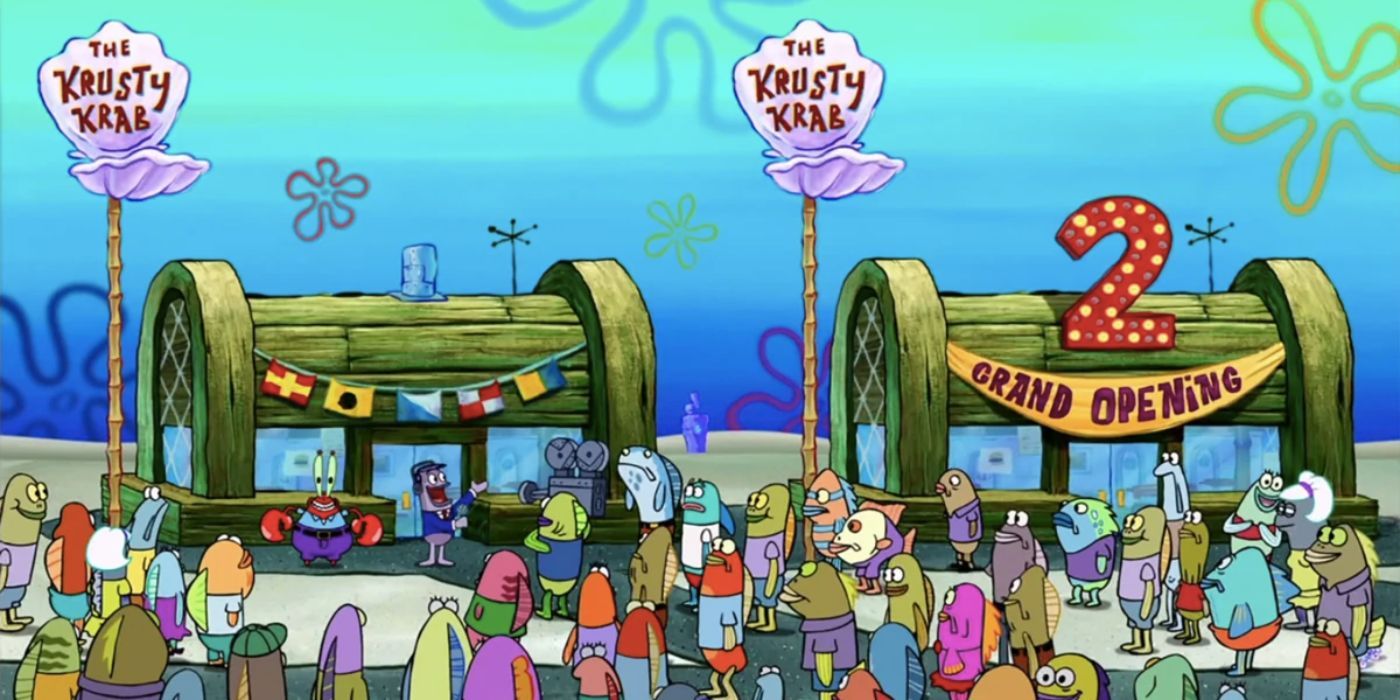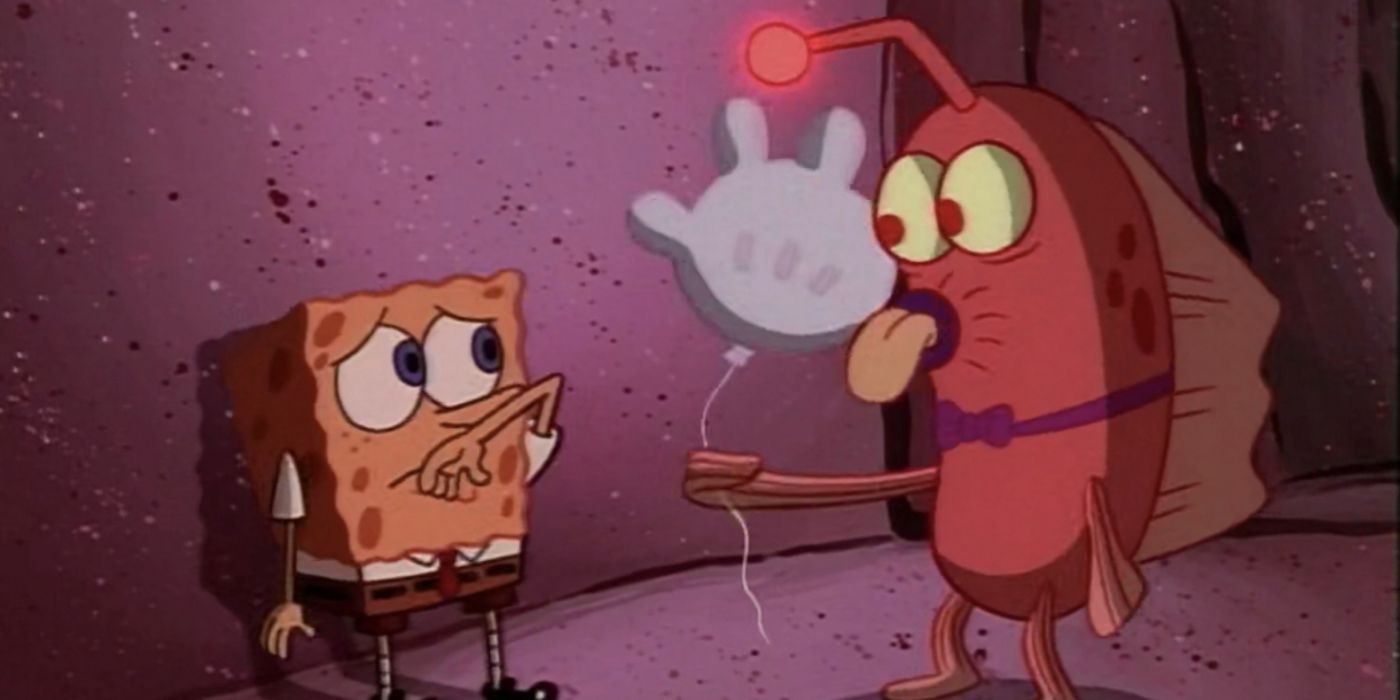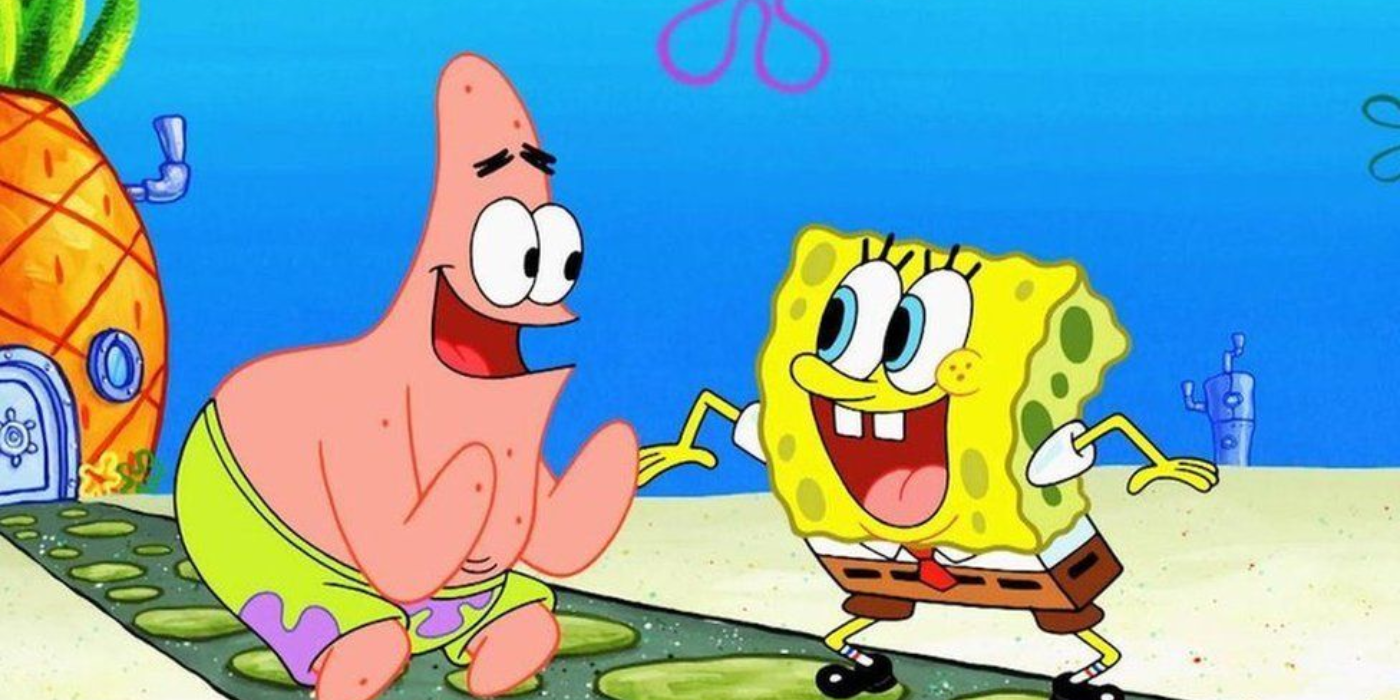Summary
- SpongeBob SquarePants has become a successful show, but its characters have sparked theories about mental illness. SpongeBob himself may represent ADHD.
- Other characters, such as Patrick, Sandy, Squidward, Mr. Krabs, Plankton, and Mrs. Puff, are also seen as representations of various mental illnesses.
- While these theories may be interesting, they can be harmful and contribute to harmful stereotypes, making proper representation of mental health an important consideration.
Given its overly cheerful tone, SpongeBob SquarePants has made way for a variety of theories about its characters, and some claim the real meaning of the show deals with different Spongebob mental illness themes. SpongeBob SquarePants has become the most successful Nicktoon to date. SpongeBob SquarePants has a unique sense of humor that hasn’t been everyone’s cup of tea, prompting all types of interpretations about their characters that go from all of them being on different drugs or even being the representation of different mental illnesses. The characters’ personalities are extreme and very different from each other, with the purpose of making way for comedic and even absurd moments.
However, the personalities of the characters in SpongeBob SquarePants seem to match the characteristics of different mental illnesses, prompting various viewers to see the characters as representations of these. What each character represents is up to every viewer, as there are many versions of the same theory, but something that most agree on is that the ageless SpongeBob himself is a possible representation of Attention Deficit Hyperactivity Disorder (ADHD), as he’s hardly ever still and his attention span is quite short, except when it comes to tasks that he’s really interested in, like cooking and jellyfish hunting.
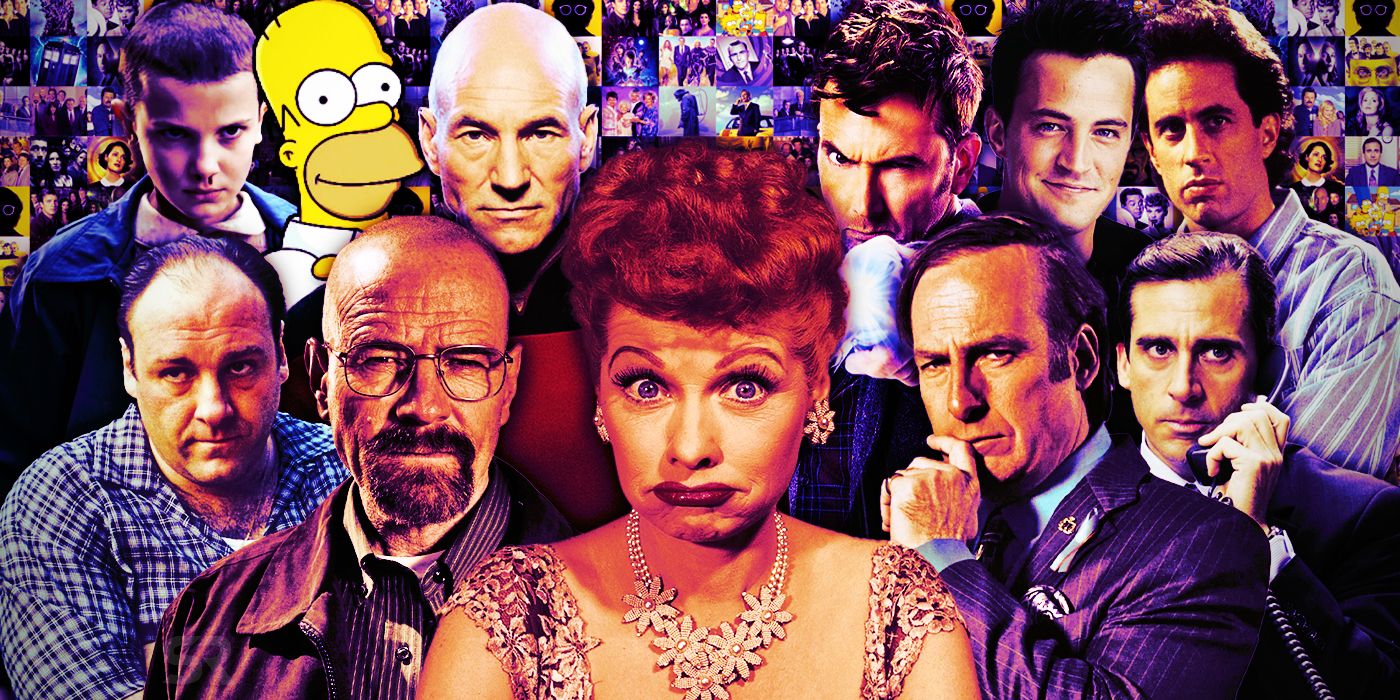
The Best TV Shows Of All Time, Ranked
The best TV shows of all time will be debated forever, but there are clear contenders. These are the very best TV shows of all time, ranked.The SpongeBob Mental Illness Theory Explained
The SpongeBob mental illness theory labels Patrick as the representation of intellectual disability, while Sandy Squirrel has Borderline Personality Disorder. Sandy’s “diagnosis” comes from her extreme mood swings and impulsivity, which leads to risky activities. Next is Squidward with Social Anxiety Disorder, depression, or even narcissism, given his tendency to isolate himself, his detachment from most things and people, and his ego. SpongeBob's Mr. Krabs represents Obsessive-Compulsive Disorder and perhaps Narcissistic Personality Disorder, given how obsessed he is with money and putting it above all, even his daughter Pearl, who in turn represents Body Dysmorphia Disorder.
Last but not least, Plankton has NPD and/or Antisocial Personality Disorder, while Mrs. Puff has generalized anxiety and Post-Traumatic Stress Disorder thanks to SpongeBob. It’s unlikely Hillenburg did this on purpose, and it’s nothing more than an interesting coincidence. If Nickelodeon wanted to represent mental illnesses in its children’s content, it would do it properly and not through an exaggerated cartoon, which only has the purpose of entertaining its audience. Ultimately, every viewer will interpret SpongeBob SquarePants the way they want to, and as long as they don’t hurt anyone, there will continue to be more and more theories about the residents of Bikini Bottom.
How The SpongeBob Mental Health Theory Could Be Harmful To Mental Health Dialogue
The dialogue surrounding mental health sensitivity is becoming more aligned with patient needs, and this particular SpongeBob mental illness theory may damage this discourse if taken too seriously. While it may be fun to look deeper into cartoons by making up theories to draw out these caricatures as representing different mental illnesses only brings about harmful stereotyping. All in all, it's a reductive way to look at mental health that only exaggerates and highlights preconceptions about particular issues, such as the notion that all the SpongeBob characters are on different drugs. Additionally, someone with one of these conditions might feel mislabeled and misrepresented.
Proper representation is nothing to take lightly, and labeling these characters with different mental illnesses is a reductive and distasteful way to address the possible layer in a show. It's fun to try and find darker layers in SpongeBob SquarePants, but this theory might do more harm than good.
For example, there's more than one type of ADHD, so SpongeBob's symptoms make look more familiar to someone with hyperactive-type ADHD rather than the less impulsive, more internalized inattentive-type ADHD. This could cement misconceptions about all ADHD being hyperactive that actually make inattentive ADHD harder to diagnose (via BBC). While no one is going to miss a diagnosis as the direct result of a SpongeBob SquarePants theory, it contributes negatively to the wider discussion.
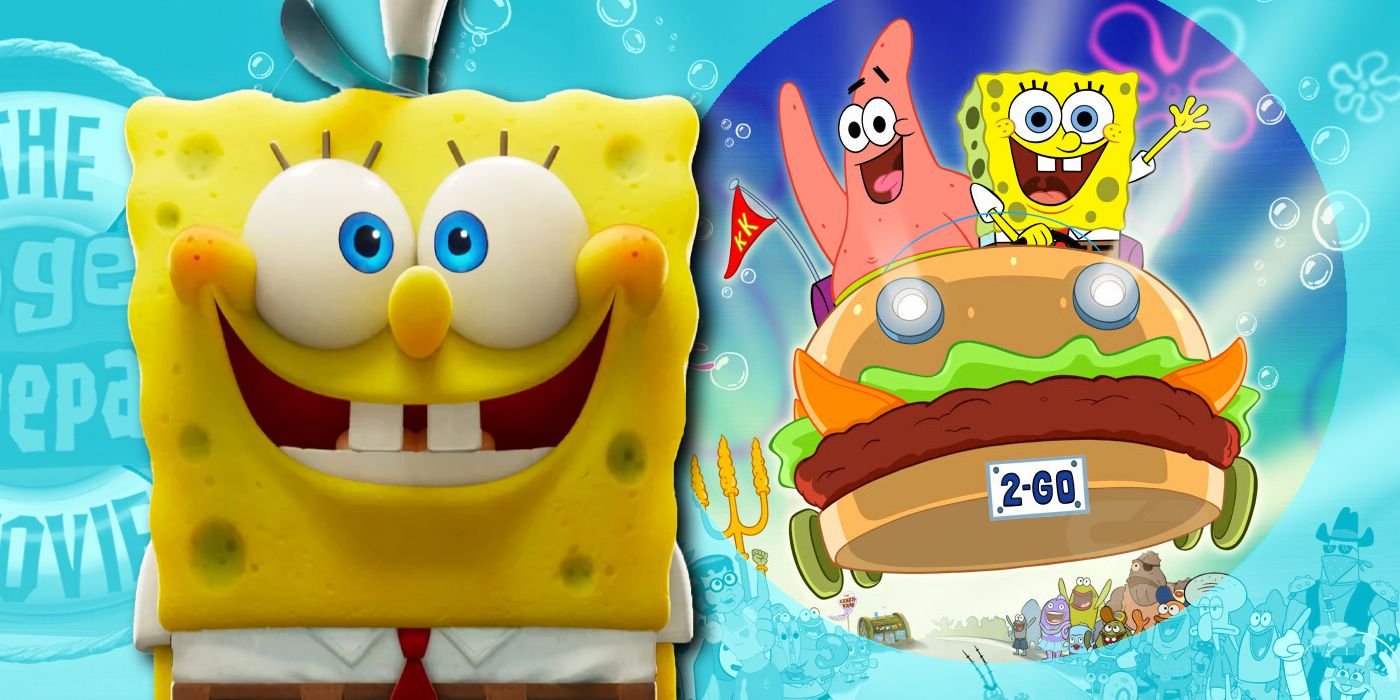
SpongeBob SquarePants: The Search For Squarepants - Cast, Story, Spinoffs & Everything We Know
SpongeBob SquarePants and friends are returning to the big screen with a fourth movie, and here's everything you need to know about it.One SpongeBob Episode Addresses Mental Health Directly
While the SpongeBob mental illness theory might not be completely accurate for the series, there was one episode that directly addressed mental health concerns. Most of the series sees SpongeBob Squarepants as happy as can be, while also trying to make everyone else around him happy, whether they want to be or not. In the season 1 episode, "Rock Bottom," the story saw SpongeBob in a very different place, as the episode dealt directly with the symptoms of depression. The episode starts off with SpongeBob and Patrick on the way home from the amusement park when suddenly the bus takes them to the city of Rock Bottom.
This is where things shift, and the colorful happy Bikini Bottom gives way to the depressing, drab Rock Bottom, a land shrouded in darkness. SpongeBob and Patrick quickly go from happiness to anxiety, with Patrick legitimately terrified. The feelings of anxiousness then give way to hopelessness and finally to an event where SpongeBob ends up alone in the darkness. Things that used to make him happy no longer work and his feelings of despair deepen. It takes one angelfish's kindness to help inflate a balloon that sends SpongeBob back to Bikini Bottom and his happiness finally returns. The episode shows the SpongeBob mental illness theory take form in its entirety.
This Isn't The Only Wild SpongeBob Theory
The SpongeBob mental illness theory isn't the only dark theory surrounding the trippy series. The SpongeBob 7 Deadly Sins theory suggests that the main characters all represent one of the deadly sins. Patrick is Sloth, as the character is excessively lazy. Given that all Gary does is eat, the pet snail is the representation of Gluttony. Plankton is Envy given his attempts to steal the Krusty Krab secret formula. Mr. Krabs is Greed, as he is obsessed with money. Squidward is Wrath, as he is nihilistic and overly hateful, and Sandy is Pride given her competitive nature. Finally, SpongeBob is Lust due to his excessive love for others.
Another popular theory is the SpongeBob Drugs Theory, which speculates that each character is a different type of drug. The theory assigns a drug to each character based on their personalities. SpongeBob is shrooms, as he has a wild and trippy imagination, and he switches between happiness and fear in an instant, a common effect of shrooms. Mr. Krabs has been assigned cocaine in the theory, as the substance often makes its users irritable just like Mr. Krabs' personality. According to the theory, Squidward is heroin, as both Squidward and Heroin users have deceptive behaviors. However, while interesting, no theory is more realistic than the SpongeBob SquarePants mental illness theory.

